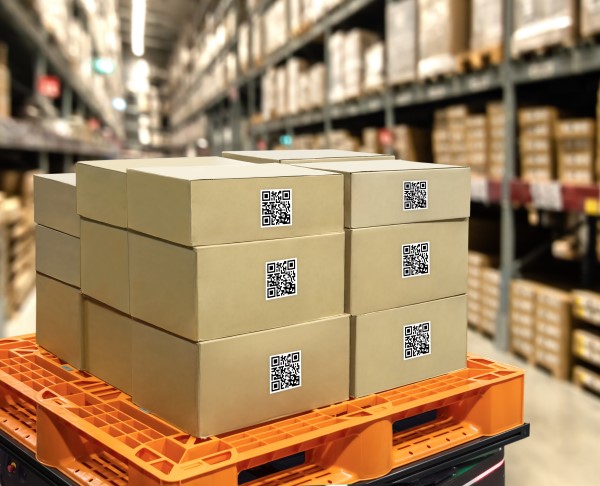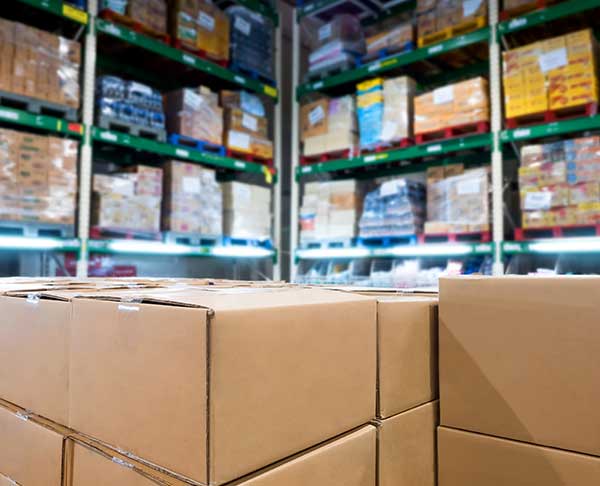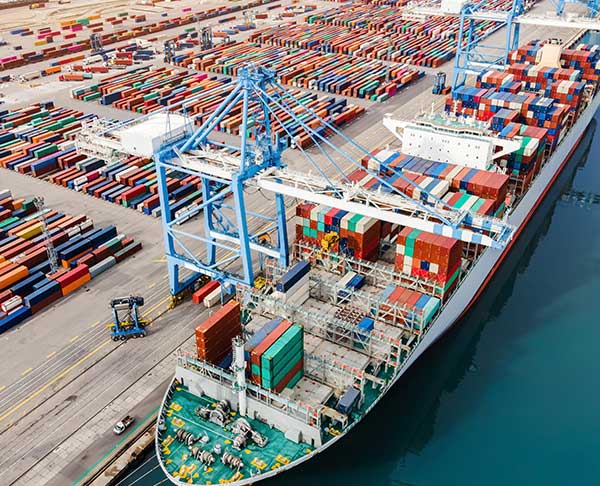
How E-Commerce is Changing Retail Logistics
It’s hard to believe that e-commerce has only been around for a little over two decades. In that time, it has revolutionized the way we shop and changed the retail landscape forever. But as e-commerce continues to grow at an alarming rate, retailers are having to adapt their supply chains and distribution strategies in order to stay competitive.
E-commerce
Today, e-commerce accounts for less than 15% of all retail sales worldwide. But by the end of 2022, that number is expected to jump to 22%. This rapid growth is putting pressure on retailers to re-think their distribution strategies. In the past, most retailers operated on a “just in time” basis, meaning they only ordered enough merchandise to meet customer demand at any given time. But with e-commerce sales growing so quickly, retailers are finding that they need to increase their inventory levels in order to avoid stock-outs. This is especially true during peak periods like the holiday season.
Consumer Habits
E-commerce has also changed the way consumers shop. In the past, shoppers were limited to the items that were available in their local stores. But now, with a few clicks of a mouse, they can order anything they want from anywhere in the world. This global reach is putting pressure on retailers to source merchandise from all over the globe in order to meet customer demand.
Omnichannel Distribution
As e-commerce continues to grow, retailers are increasingly adopting an omnichannel approach to distribution. This means that they are using a variety of channels to sell their products, including brick-and-mortar stores, e-commerce websites, and mobile apps. This strategy allows retailers to reach a wider audience and sell more products.
Technology
In order to keep up with e-commerce growth, retailers are also having to invest in new technology and infrastructure. This includes things like:
E-commerce platforms: In order to sell online, retailers need to have a robust e-commerce platform that can handle a large volume of traffic and transactions.
Order management systems: These systems help retailers keep track of online orders and inventory levels in real-time. This is essential for avoiding stock-outs and ensuring that customers receive their orders promptly.
Fulfillment warehouses: Many retailers are investing in large warehouses that are solely dedicated to e-commerce fulfillment. These warehouses are typically located near population centers so that orders can be delivered quickly and efficiently.
All of these things come with a hefty price tag, which is why we’re seeing more and more retailers partnering with third-party logistics providers (aka “fulfillment centers”). These fulfillment centers are able to store inventory and ship orders on behalf of retailers, which can help them save a lot of money in the long run.
Fulfillment Centers
Growth in the e-commerce segment has also led to a rise in the number of fulfillment centers being built. These warehouses are typically located near population centers so that orders can be delivered quickly and efficiently. By the end of 2022, it’s estimated that there will be over 30,000 fulfillment centers worldwide. This is a direct result of the e-commerce boom, as retailers are looking for ways to store and ship their products more efficiently. These fulfillment centers typically offer a wide range of services, including:
Storage: Many retailers don’t have the space to store all of their inventory on-site. So they rent space from fulfillment centers to store their products.
Order processing: Fulfillment centers can help retailers process online orders quickly and efficiently. This includes things like picking, packing, and shipping orders.
Returns management: These days, customers expect to be able to return items they’ve purchased online. But dealing with returns can be a hassle for retailers. Fulfillment centers can help by processing returns and managing the return shipping process.
Transportation
Additionally, we’re seeing a corresponding increase in the amount of transportation that’s required to move products around. This is because e-commerce orders are often shipped from multiple locations, including warehouses, stores, and distribution centers. In addition, many retailers are now offering same-day or next-day shipping, which means that orders need to be delivered quickly. As a result, we’re seeing a rise in the number of e-commerce transportation providers, such as UPS and FedEx.
For channel partners serving distribution centers or even supply-side distribution in the manufacturing process, this also places added strain on these already above-capacity networks. An increase in distribution centers and the complexities of the growing final mile segment creates more lane needs for retail supply chains.
Having a trusted transportation network can be the key to remaining competitive in a rapidly expanding e-commerce environment.
Holiday Season
So what does all this mean for the 2022 holiday season? Well, we can expect to see even more retailers using fulfillment centers to store and ship holiday orders. This will help them avoid stock-outs and keep up with customer demand. We may also see more retailers offering “buy online, pick up in store” options to customers. This would allow customers to place their orders online and then pick them up at a convenient location, like a nearby mall or retail store, reducing the burden on already overloaded shipping suppliers.
The e-commerce boom has had a major impact on the retail industry, and it’s only going to continue to grow in the years to come. This growth is putting pressure on retailers to re-think their approach to supply chain management, transportation and distribution. By investing in new technology and partnering with third-party logistics providers, retailers can keep up with the e-commerce trend and ensure that their customers are getting the products they want, when they want them.
MORE ARTICLES

ONE YEAR OUT: HOW PANDEMIC SHUTDOWNS ARE IMPACTING SUPPLY CHAINS
Despite their best efforts, supply chains across industries are still in flux from the impact of global manufacturing and shipping shutdowns in spring 2020.



